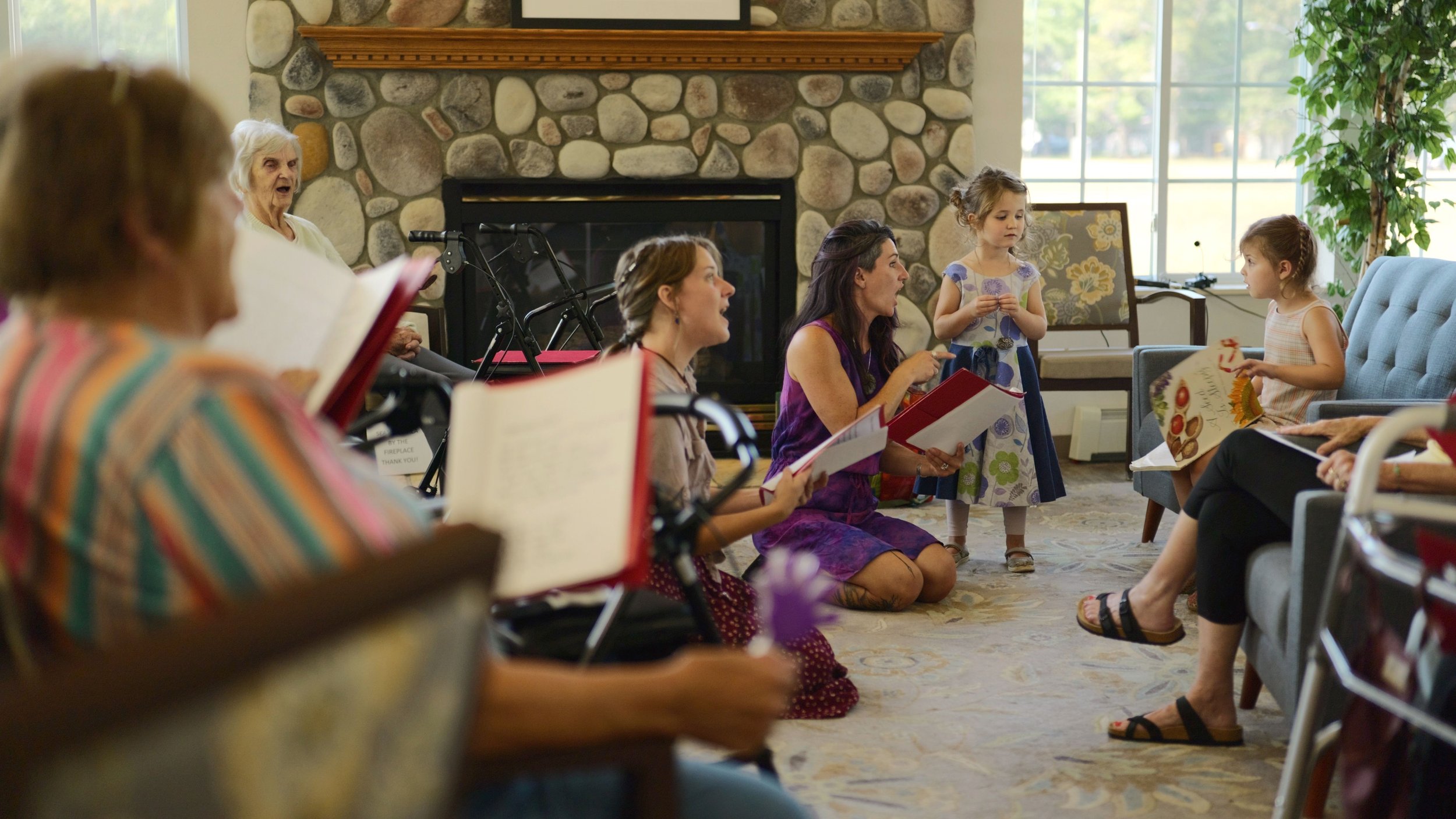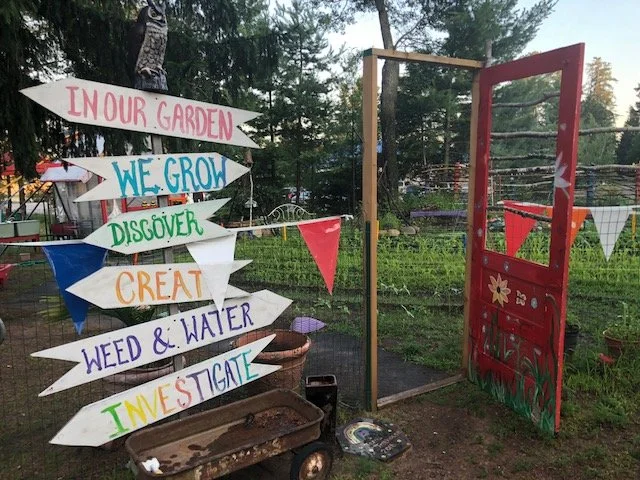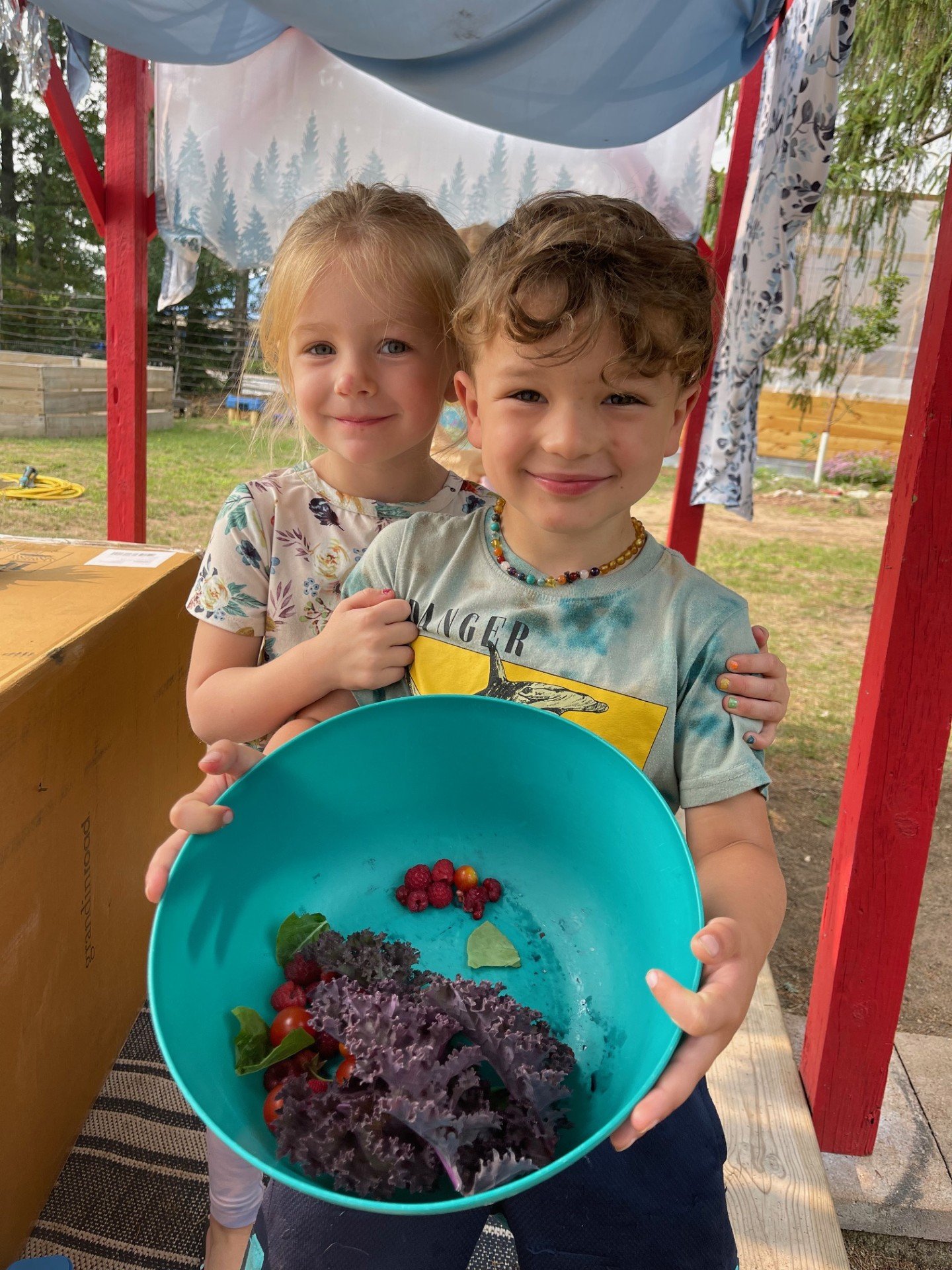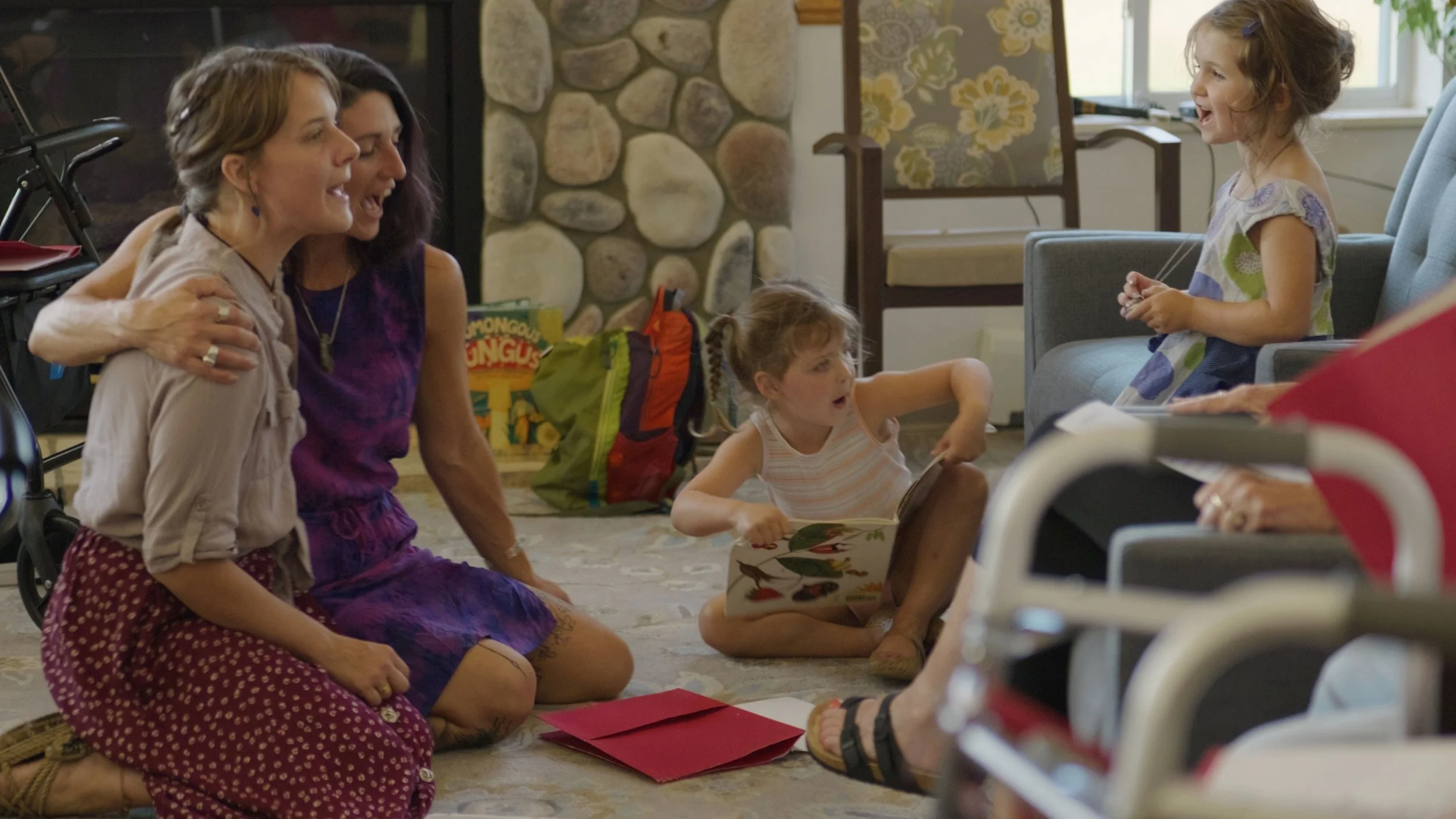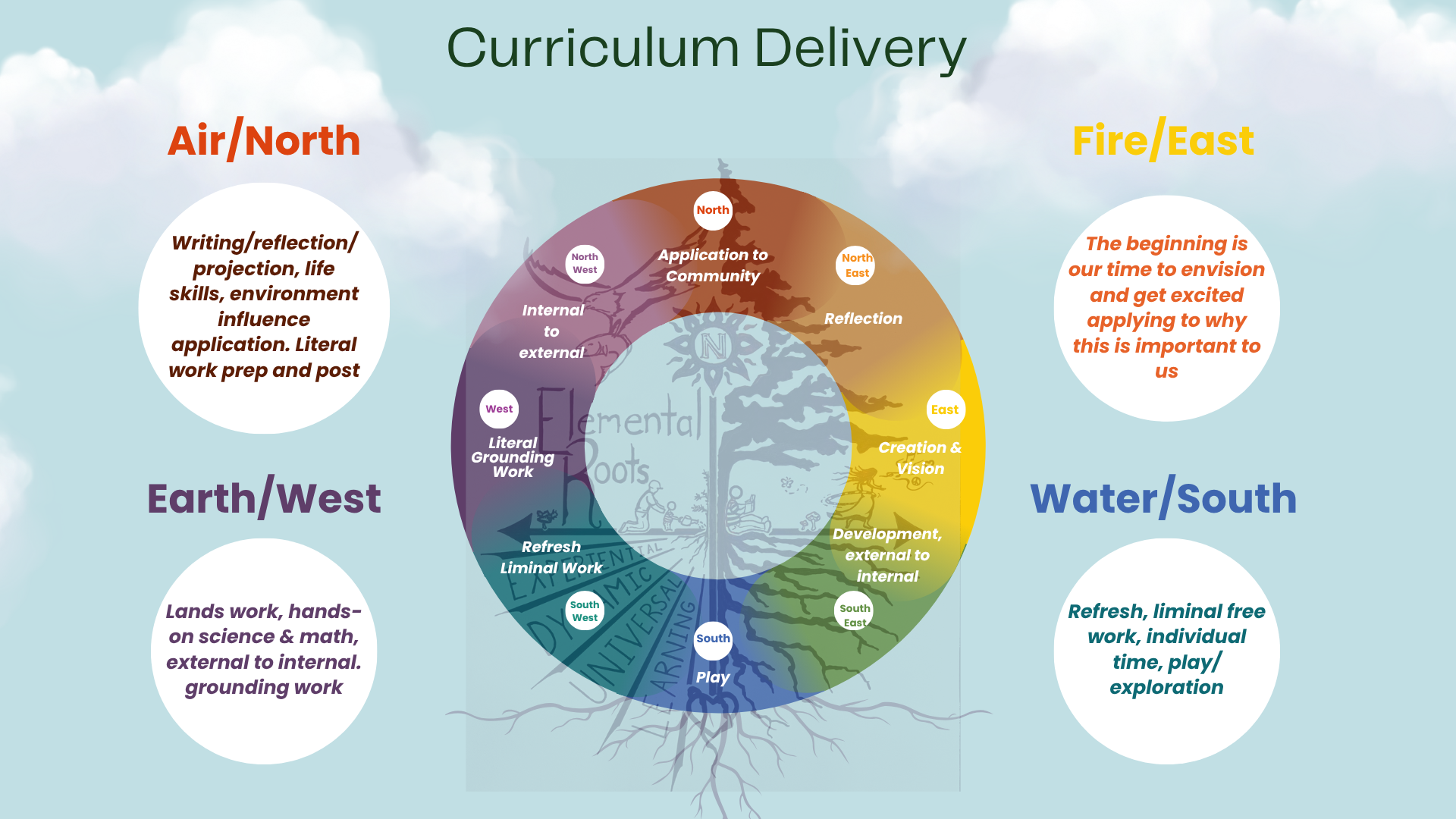Experiential. Dynamic. Universal.
At Elemental Roots E.D.U., our curriculum is rooted in the belief that children learn best when they are active participants in their own growth. We blend nature-based learning, community connection, and rigorous academic standards to create an environment where students thrive physically, emotionally, intellectually, and socially.
Children and teachers are co-learners, and nature is our co-teacher. We move beyond traditional pace-driven models, favouring a fluid, emergent framework that supports each child’s unique path. Inspired by the philosophies of Dewey, Montessori and Reggio Emilia, and firmly grounded in our Northwoods setting, we foster discovery, curiosity and relationality in all we do.
Learning in Partnership with Nature
Core Principles of Our Curriculum
-

Experiential
Learning happens through real-life engagement, open-ended projects and active exploration rather than lectures or rote drills.
-

Dynamic
We honor each learner’s pace, interest and strengths. We don’t rely on rigid pacing guides; instead we support the whole child through flexible, developmentally-appropriate design.
-
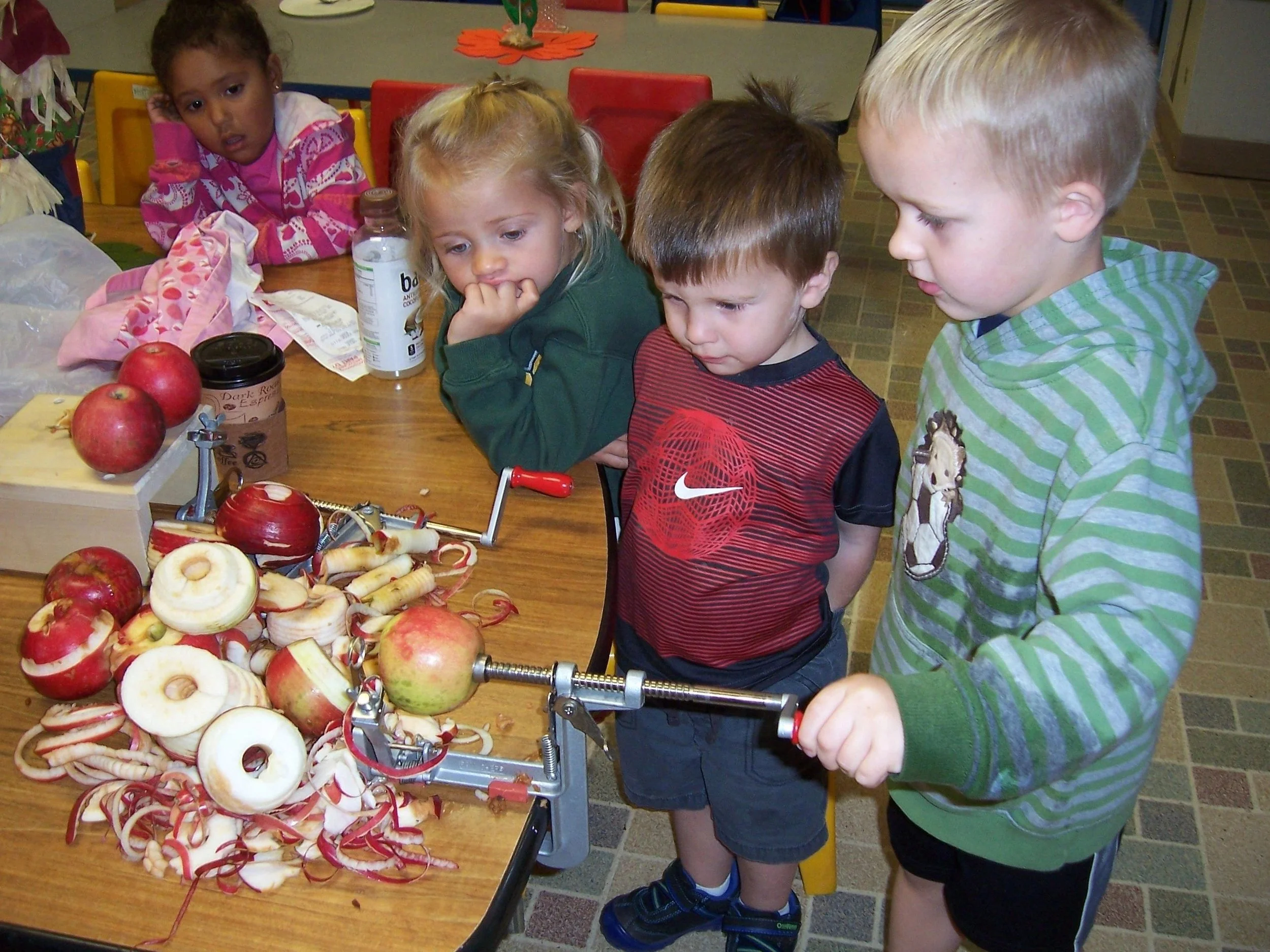
Universal
Our model is inclusive, culturally-responsive and framed around connection — to self, community, and environment. Long-term collaborative work and student-led inquiry are central.

Learning Across Ages
In the natural world, learning happens side by side, not in silos. At Elemental Roots, students of different ages learn together through hands-on projects, play, and community work, often alongside local elders who share their real-world skills and stories.
Older learners become mentors and role models; younger ones bring curiosity and imagination that spark creativity for everyone. This dynamic encourages empathy, confidence, and a sense of belonging that traditional grade-based classrooms often can’t achieve.
“When children of different ages learn and play together, the focus shifts from competition to creativity. Older children model skills and empathy; younger ones bring imagination and energy.”
— Adapted from Peter Gray, Ph.D.
What It Looks Like in Practice
Outdoor classrooms, gardens, lakeshores and forest trails become extensions of the school day, not alternatives.
Projects may span weeks or months and integrate science, art, literacy, and life skills — rooted in place and purpose.
Technology is a tool, not the centerpiece; screen-time is intentionally limited to preserve space for movement, reflection, and nature.
Why it Matters Here
Our region, with its rich forests, lakes and cultural heritage, offers a unique learning environment. The nature-based framework isn’t just a choice — it’s an advantage. Research shows that outdoor, active learning supports attention, emotional regulation, cognitive growth and sustainable habits.
Ready to join our learning community?







